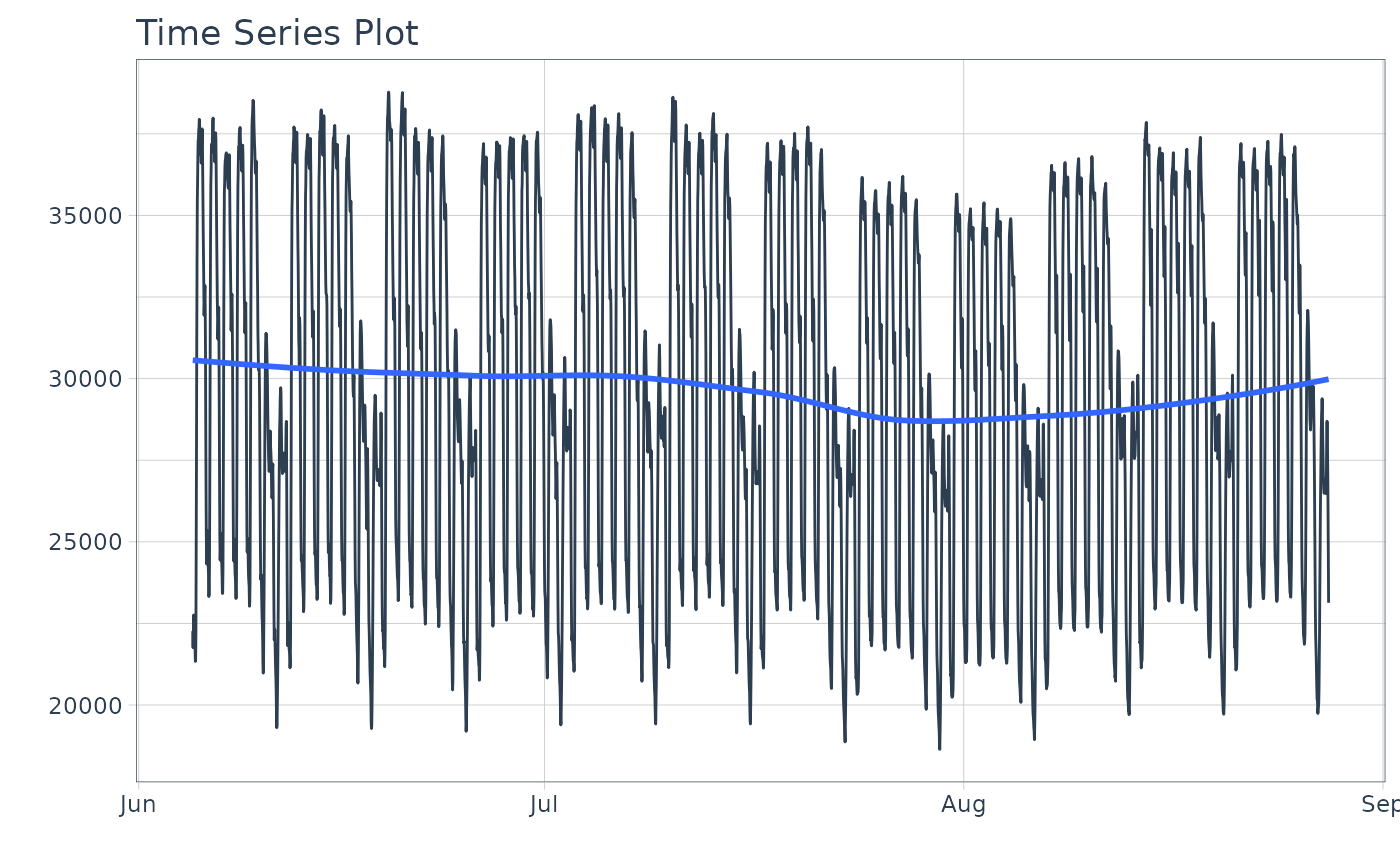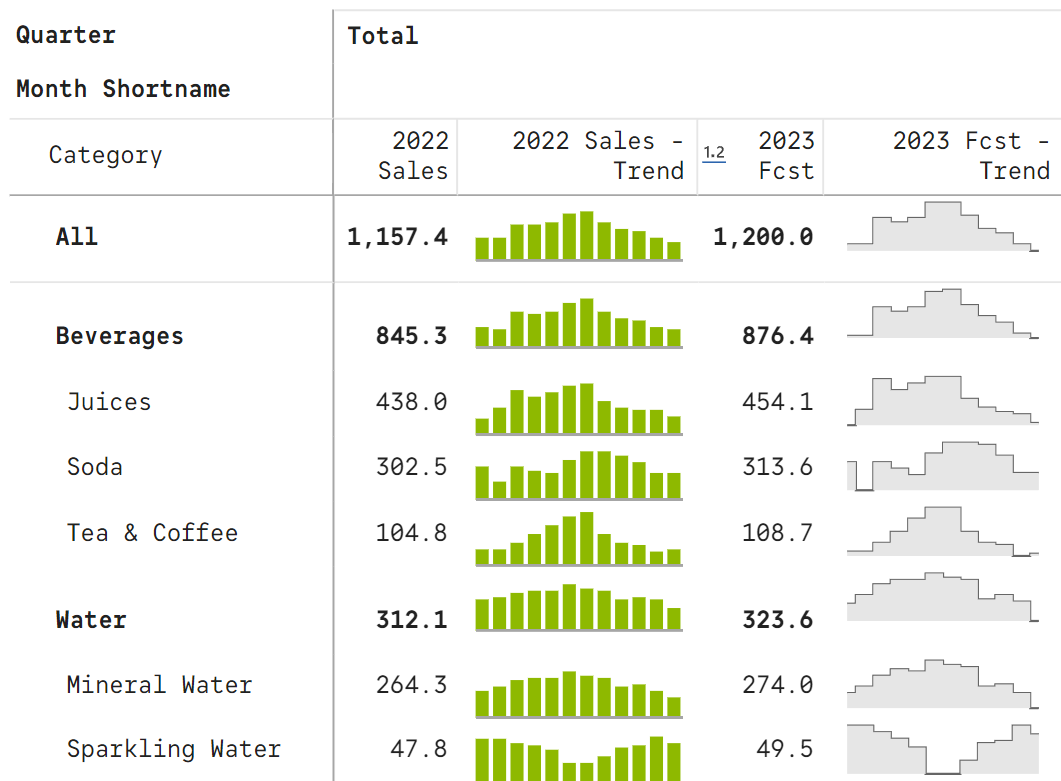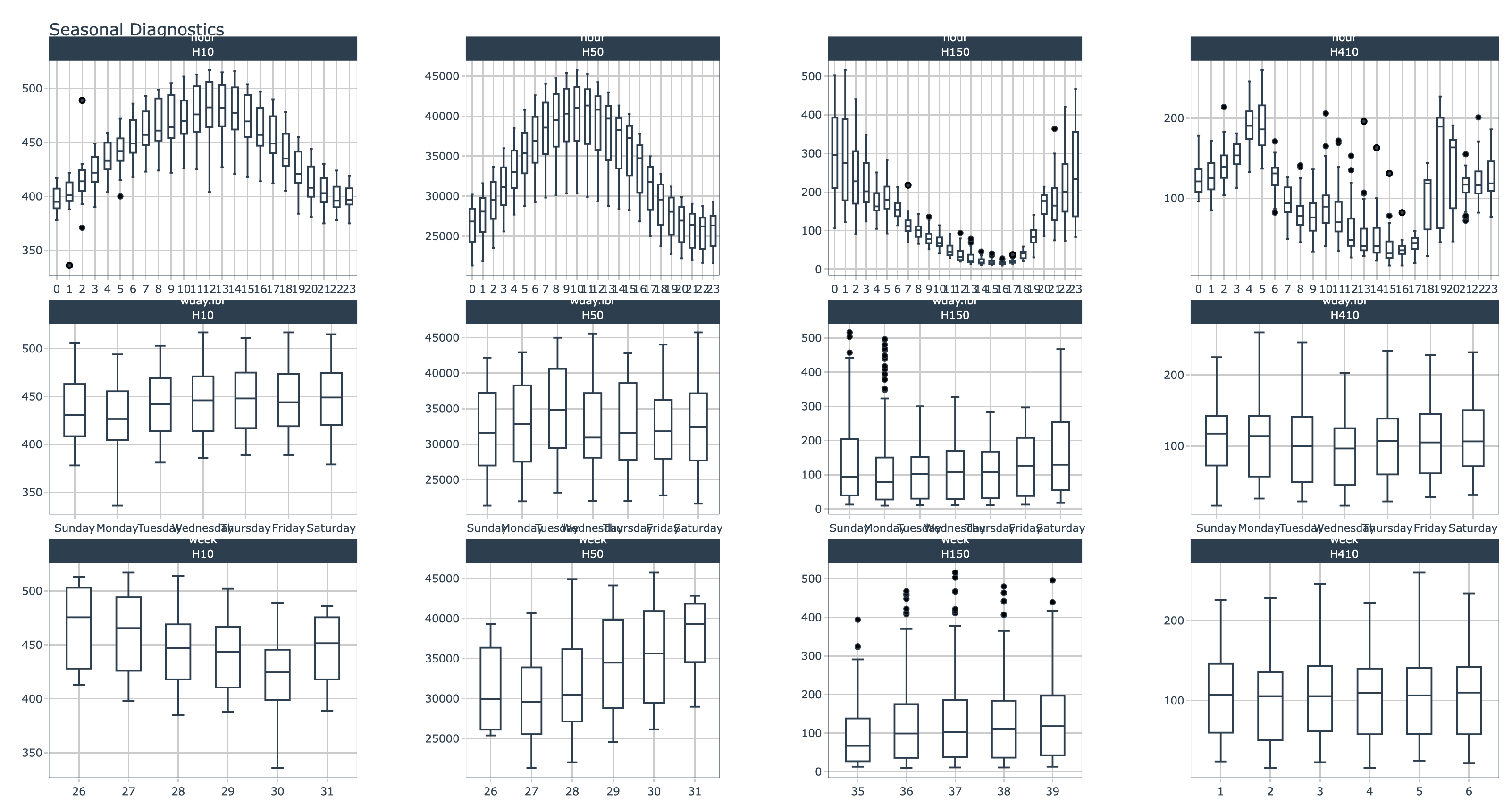Best Of The Best Tips About How To Visualize Seasonality Remove Grid Chart Js

It's time to reveal how these data were created.
How to visualize seasonality. Smoothing techniques like moving averages or exponential smoothing can help reveal the underlying trend by. Last updated 12 months ago. Visualizing time series data.
In this article, we will explore some of the most effective and widely. How to model the seasonal component directly and explicitly subtract it from observations. Seasonality can be deterministic, stochastic, or a mix of both.
#seasonalitycharts #cyclecharts #tableau #visualization seasonality charts/ cycle charts are a time. Decomposition provides a useful abstract model for thinking about time series generally and for better understanding problems during time series analysis and forecasting. How to identify trends & seasonality in time series data in r.
Visualize multiple seasonality features for one or more time series. How can you best visualize it? A simple method is to use the ggplot2 package geom_density function:
Y t = μ t + γ t ( 1) + γ t ( 2) where μ t represents the trend or level, γ t ( 1) represents a seasonal component with a relatively short period, and γ t ( 2) represents another seasonal component of longer period. The definition of seasonality in time series and the opportunity it provides for forecasting with machine learning methods. By focusing on specific time frames, these plots highlight seasonal variations and track how they evolve over time, enabling analysts to identify differences between various seasons.
To automate detection of cycles (seasonality), just scan the periodogram (which is a list of values) for relatively large local maxima. There are several ways of handling seasonality. How can you identify seasonality in your data?
This short video shows how to make a cycle plot with just a few clicks. How to use the difference method to create a seasonally adjusted time series of daily temperature data. The steps we will take in this project are as follows:
Do you have time series data and want to know if there is seasonality in the data? You can estimate seasonal strength or use statistical tests (e.g qs test) to detect seasonality; By fitting the below time series using ets (part of the forecasting package), i get the following output:
Here’s what else to consider. Thus the test is performed on the detrended time series adjusted for prior factors. Plots are available in interactive plotly (default) and static ggplot2 format.
Seasonal unit roots can also be identified with statistical tests. How to choose the best method? Births to show how to find and represent seasonality in data.























